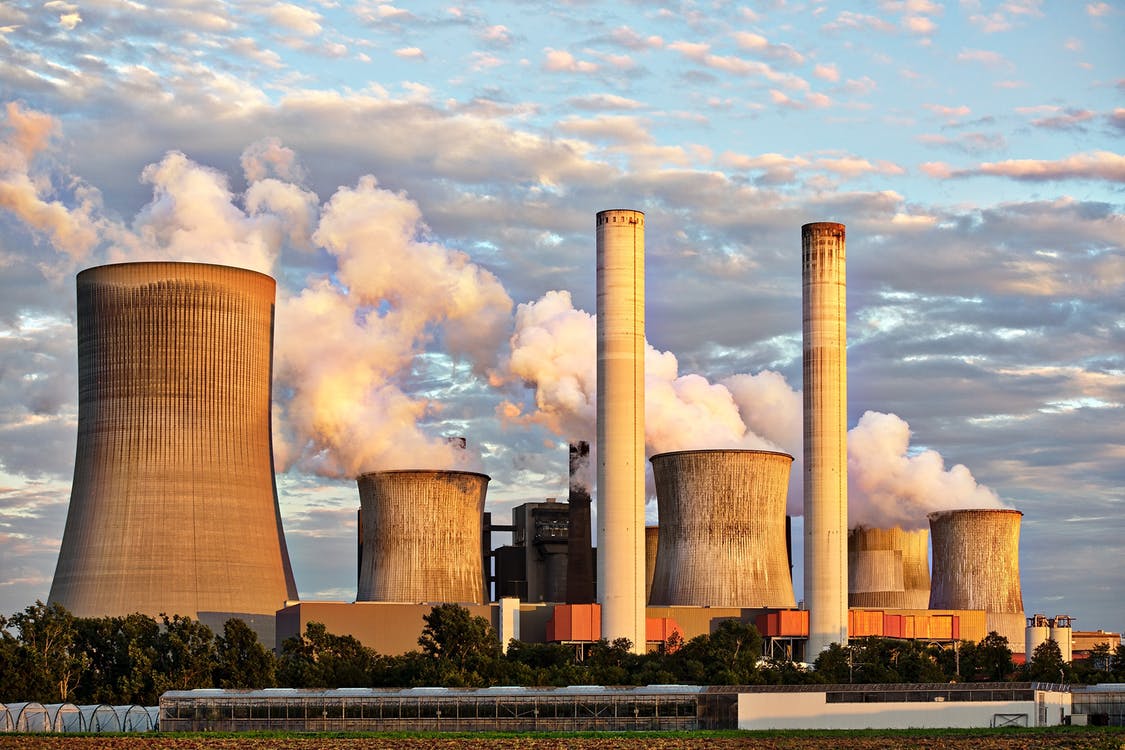We learned recently that one of the last coal power stations in the UK is bidding to become the first commercial nuclear fusion plant on Earth.
The news should be taken with a large pinch of salt… nuclear fusion has been 25 years in the future since before I was born and it will likely still be 25 years in the future the day after I die. Nevertheless, nuclear fusion reactions have been generated; albeit for just a few seconds and at a massive energy cost. And the physicists and engineers working on the multinational (International Thermonuclear Experimental Reactor) ITER project in the south of France have something of a spring in their step just now; claiming that:
“ITER will be the first fusion device to produce net energy. ITER will be the first fusion device to maintain fusion for long periods of time. And ITER will be the first fusion device to test the integrated technologies, materials, and physics regimes necessary for the commercial production of fusion-based electricity.”
It is worth noting that ITER is an experiment rather than a working power plant. And just as well; because even its proponents point to an energy return on investment (EROI) of just 10:1 – about half of the return from a wind turbine. Even this may be a slight of hand, according to Steven Krivit at New Energy Times:
“Widespread false and exaggerated claims made by leaders in the fusion community have caused many people and institutions to convey the incorrect claims to a wide cross-section of the general public. Below, I’ve listed four of several hundred examples I’ve located. Each of these statements, through no fault of the authors, is fundamentally wrong:
New York Times: “ITER will benefit from its larger size and will produce about 10 times more power than it consumes.”
Science magazine: “ITER aims to produce 500 megawatts of power, 10 times the amount needed to keep it running.”
Nature magazine: “ITER is predicted to produce about 500 megawatts of electricity.”
Columbia University: “Overall, ITER aims to produce 500 MW of power from a 50 MW investment.”
In fact, the overall ITER reactor is designed to produce 500 megawatts of thermal power from an investment of 300 megawatts of electrical power. With conversion efficiencies, the net output of ITER should be around zero. From a practical perspective, that’s bad news…”
In the event that ITER even broke even in energy, that would be something of a triumph for the scientists and engineers, since to date, fusion has been a massive energy sink. Moreover, technologies tend to be highly inefficient to begin with but are improved over time. Nevertheless, in both climate and fossil fuel depletion terms, it is doubtful that industrial civilisation has enough time left to wait while clever people somewhere else figure out how to do nuclear fusion effectively.
China – to name just one country – is apparently going down an alternative – and almost as implausible – route. Ever since the molten salt reactor experiments at the US Oak Ridge laboratory in the early 1960s, thorium reactors have been proposed as a more effective and far less dangerous alternative to today’s pressurised water reactors. Thorium is ubiquitous and easily recoverable from mining spoils. Exposed to neutrons in a breeder reactor, Thorium breaks down eventually into an isotope of uranium which can theoretically sustain a fission reaction; producing enough neutrons to continue breaking down the thorium.
The engineering difficulties with molten salt reactors have proved almost as intractable as the containment of plasma in a fusion reactor. However, if reports from China last month are to be believed, this problem has been overcome. According to David Rogers at Global Construction Review:
“A 2MW prototype is set to be completed in August, with tests to begin in September… The first commercial version, with a power of about 100MW, is due to enter service in 2030.
“The Thorium Molten Salt Reactor (TMSR) project, which was begun in 2011, has been underway in Wuwei city, Gansu province in China’s remote northwest. The prototype was to have been completed in 2024, but work was accelerated.
“The reactor is cooled with molten salt, which gives a much higher operating temperature than a conventional reactor. This can be as high as 1,000°C, which has hampered previous attempts to design a molten salt reactor since a material has to be found that could contain the fuel.
“In 2017, the Shanghai Institute of Applied Physics, which has been leading work on the reactor, announced the creation of a NiMo-SiC alloy – that is, one made from nickel and molybdenum and silicon carbide.”
Read more: The Consciousness Of Sheep




